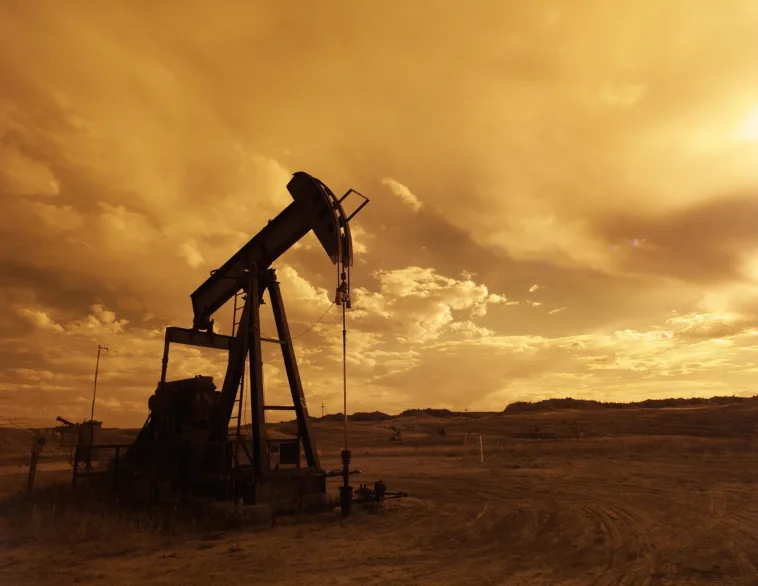Commodities are raw materials or primary products that are traded on financial markets. They include natural resources such as oil, gold, and wheat, as well as other goods like coffee and cocoa. The prices of commodities are influenced by a variety of factors, including economic conditions. In this blog post, we will explore how economic conditions, such as inflation, interest rates, and economic growth, can impact commodity prices.
It is important to understand the relationship between economic conditions and commodity prices as they can have a significant impact on businesses and consumers. For example, a rise in the price of oil can lead to higher transportation costs, which can affect the prices of goods and services. Similarly, a decrease in the price of gold can impact the value of investment portfolios. By understanding the factors that influence commodity prices, individuals and organizations can make informed decisions about their financial strategies.
Inflation and Commodity Prices
Inflation is the general increase in prices of goods and services over a period of time. It is typically measured by the percentage change in the Consumer Price Index (CPI), which is a basket of commonly purchased goods and services. When inflation increases, the purchasing power of money decreases, as it takes more money to buy the same goods and services.
Inflation can have a significant impact on commodity prices. When the general level of prices is rising, commodity prices may also increase as the cost of producing and distributing the commodities goes up. For example, if the cost of transportation and labor increases due to inflation, the price of oil may also increase. Similarly, if the cost of raw materials and production increases, the price of manufactured goods such as cars and appliances may also rise.
Inflation doesn’t equally affect all commodities. Some commodities, such as oil and gold, tend to be more sensitive to inflation, while others, such as wheat and corn, are less affected. This is because the demand for certain commodities may be more elastic, meaning that the demand for the commodity changes more in response to changes in price. For example, if the price of oil increases significantly, consumers may switch to alternative forms of transportation or energy sources, leading to a decrease in demand for oil. Overall, it is important to understand how inflation can impact the prices of different commodities and how it may affect businesses and consumers.
Interest rates and Commodity Prices
Interest rates refer to the cost of borrowing money and are typically set by central banks. When interest rates increase, the cost of borrowing money also increases, which can discourage spending and investment. On the other hand, when interest rates decrease, the cost of borrowing money becomes cheaper, which can stimulate spending and investment.
Interest rates can impact commodity prices in a number of ways. Low interest rates may encourage investment in commodities because they may be seen as a relatively safe and profitable investment compared to other options. This can lead to an increase in demand for commodities and, in turn, an increase in prices.
On the other hand, when interest rates are high, the opportunity cost of holding commodities increases as the returns from other investments, such as bonds, become more attractive. This can lead to a decrease in demand for commodities and a decrease in prices.
It is important to note that the relationship between interest rates and commodity prices is complex and can vary depending on the specific commodity. Gold is often seen as a hedge against inflation and may be less affected by changes in interest rates. However, commodities that are used in the production of goods, such as oil and copper, may be more sensitive to changes in interest rates because they can impact the overall level of economic activity.
Overall, it is important to understand how interest rates can impact the prices of different commodities and how they may affect businesses and consumers.
Economic Growth and Commodity Prices
Economic growth refers to an increase in the production of goods and services in an economy over a period of time. We measure economic growth by the percentage change in Gross Domestic Product (GDP), which is the total value of all goods and services produced in an economy. Factors that can drive economic growth include increased productivity, population growth, and investment.
Economic growth can have a significant impact on commodity prices. When an economy is growing, there is typically an increase in demand for goods and services, which can lead to an increase in the demand for commodities used in the production of these goods and services. For example, if there is an increase in construction activity due to economic growth, there may be an increase in the demand for steel and other building materials. This can lead to an increase in the price of these commodities.
On the other hand, if an economy is experiencing a slowdown or recession, there may be a decrease in demand for goods and services, leading to a decrease in the demand for commodities. This can result in a decrease in commodity prices.
It is important to note that the relationship between economic growth and commodity prices can vary depending on the specific commodity. Commodities such as oil and copper may be more sensitive to changes in economic growth because they are used in a wide range of industries. Others, such as gold and wheat, may be less affected.
Overall, it is important to understand how economic growth can impact the prices of different commodities and how it may affect businesses and consumers.
Other Factors Effecting Commodity Prices
In addition to economic conditions, there are several other factors that can impact commodity prices. These include:
- Supply and demand: The price of a commodity is determined by the balance between the supply of the commodity and the demand for it. If the supply of a commodity is limited, the price may increase as buyers compete to purchase it. On the other hand, if the supply is plentiful and the demand is low, the price may decrease.
- Political and economic events: Political and economic events can have a significant impact on commodity prices. For example, a change in government policy or a natural disaster can affect the supply and demand for a commodity.
- Natural disasters: Natural disasters, such as hurricanes and earthquakes, can impact commodity prices by disrupting the supply of the commodity or damaging infrastructure used in the production or transportation of the commodity.
It is important to consider both economic conditions and other factors when analyzing the price of a commodity, as they can influence the price.
Conclusion
In this blog post, we explored how economic conditions, such as inflation, interest rates, and economic growth, can impact the prices of different commodities. We also looked at other factors, such as supply and demand, political and economic events, and natural disasters, that can influence commodity prices.
It is important to understand the relationship between economic conditions and commodity prices as they can have a significant impact on businesses and consumers. By understanding the factors that influence commodity prices, individuals and organizations can make informed decisions about their financial strategies.
In conclusion, it is essential to consider a variety of factors when analyzing the price of a commodity and to be aware of how economic conditions and other factors may affect the price.







